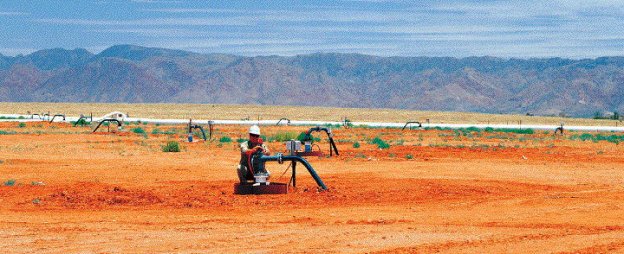At the height of activity in 1980, U.S. companies produced nearly 44 million pounds of uranium concentrate and provided most of the supplies purchased by nuclear power plants. In 2017, American miners produced 2.4 million pounds and supplied just 7 percent of the uranium bought by domestic plants. The industry, which once supported nearly 22,000 jobs, now employs just a few hundred people each year…
In July 2018, the U.S. Commerce Department opened an investigation to determine whether the nation’s growing dependence on foreign uranium supplies poses a risk to national security….The two miners that petitioned Commerce to conduct the review, Energy Fuels and UR-Energy, want the United States to take steps to ensure U.S. producers control 25 percent of the market. They say they can’t compete with subsidized supplies from places like Russia, Kazakhstan and Uzbekistan.
To be sure, nearly half of the uranium used in the United States comes from allies like Canada and Australia. From the moment they lost trade protections, U.S. miners had trouble competing with these foreign supplies.
“It’s been government-sponsored, government-subsidized just since the beginning. Trying to sort that out and find where there’s a free market in uranium — I find that very questionable.”-Luke Danielson, Sustainable Development Strategies Group president
The U.S. uranium mining industry is relatively young. It went through a brief golden age between about 1955 and 1980, beginning when the United States offered generous incentives to shore up its stockpiles of the nuclear weapons fuel during the Cold War….By the 1960s, the program had packed U.S. storehouses so full of uranium stockpiles that the government stopped paying the incentives. However, it left in place rules barring the use of foreign uranium until 1975, when it began to allow a growing percentage of overseas supplies into the market. That opened the door to high-quality, low-cost supplies from Canada and Australia. By 1987, the United States was importing nearly 15 million pounds of uranium, and domestic output fell by about a third to roughly 13 million pounds.
While competition weighed on U.S. uranium production, the excitement around nuclear energy in the 1970s kept mines busy. However, the American love affair with atomic power proved short-lived. The 1979 meltdown of a reactor at Three Mile Island in Pennsylvania sparked fierce backlash against nuclear energy. Seven years later, the Chernobyl nuclear disaster turned a Ukrainian city into a ghost town…
By the early 2000s, U.S. uranium production was at its lowest in a half century. Around that time, the former Soviet state Kazakhstan was ramping up uranium mining. In just a few short years, it would become the world’s top uranium producer and the second biggest supplier to the United States.
The Central Asian nation accomplished that feat in large part by exploiting a process called “in situ leaching” (ISL) or in situ recovery (ISR)*** increasingly being used to extract uranium. Along with countries like Niger, Mali and Mongolia, Kazakhstan has an advantage: lax regulations that allow it to process uranium cheaply from in situ leaching, which involves pumping chemicals into uranium reserves and carries serious risks to the environment if it’s not carried out responsibly…
And then in 2011, the Fukushima nuclear disaster in Japan created a backlash unlike anything seen since Three Mile Island and Chernobyl. In the aftermath, Japan shut down all of its nuclear reactors, and Germany decided to phase out nuclear energy by 2022. The U.S. nuclear renaissance has also fizzled as flagship projects have turned into costly boondoggles. The venerable Westinghouse Electric Company filed for bankruptcy last year under the weight of billions of dollars in losses tied to its troubled nuclear power plant projects in Georgia and South Carolina. “There’s such a glut of inventory in the market that it’s just not profitable for some of the mines to produce, so the price has just really plummeted as a result of that,” said Sean Davis, a research analyst at IHS Markit who tracks the chemicals used in uranium mining.
Since their peak in 2007, uranium prices have crashed from nearly $140 per pound to $20-$25.
Excerpts from Nuclear wasteland: The explosive boom and long, painful bust of American uranium mining, CNBC, Aug. 4, 2018
